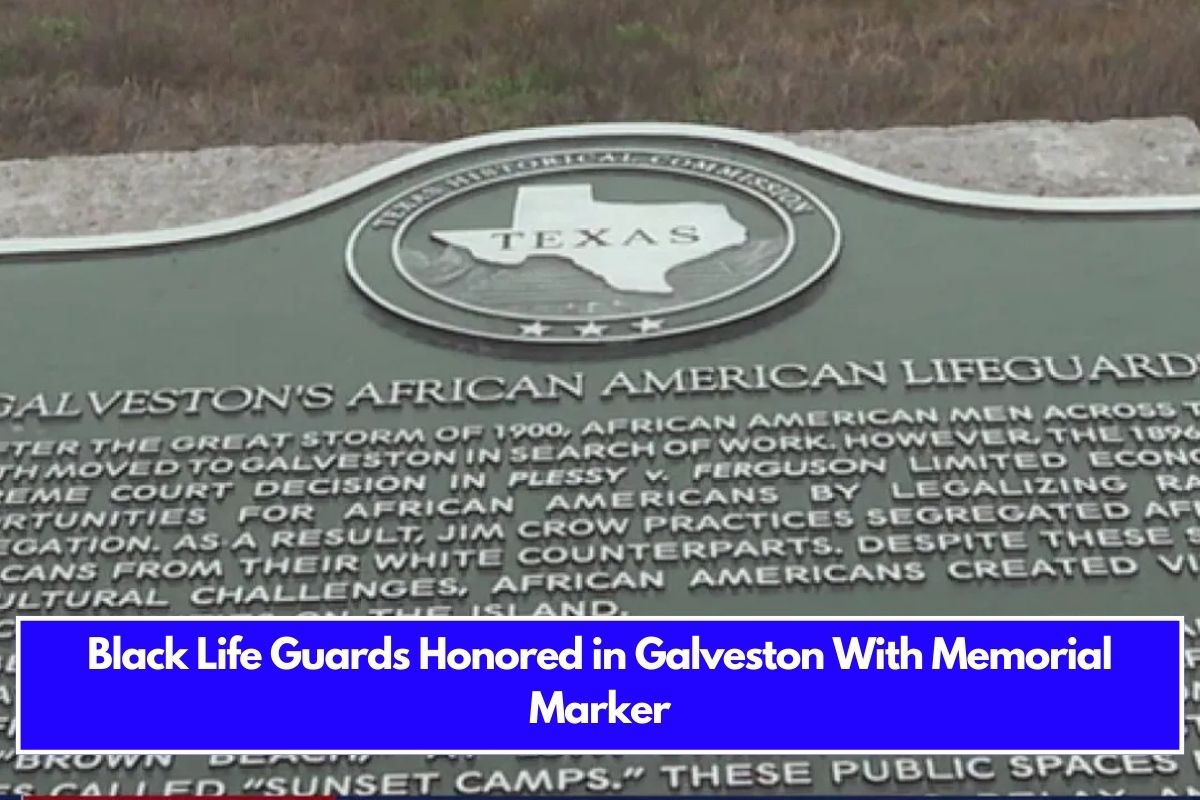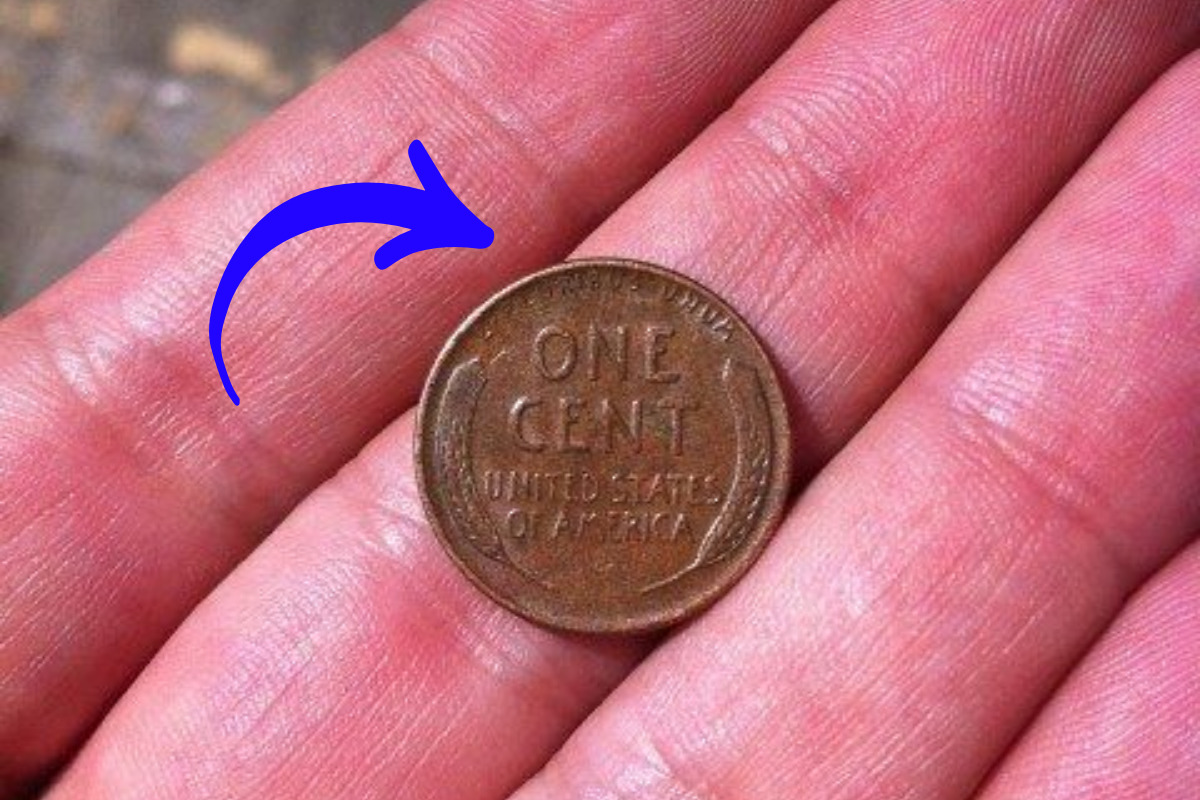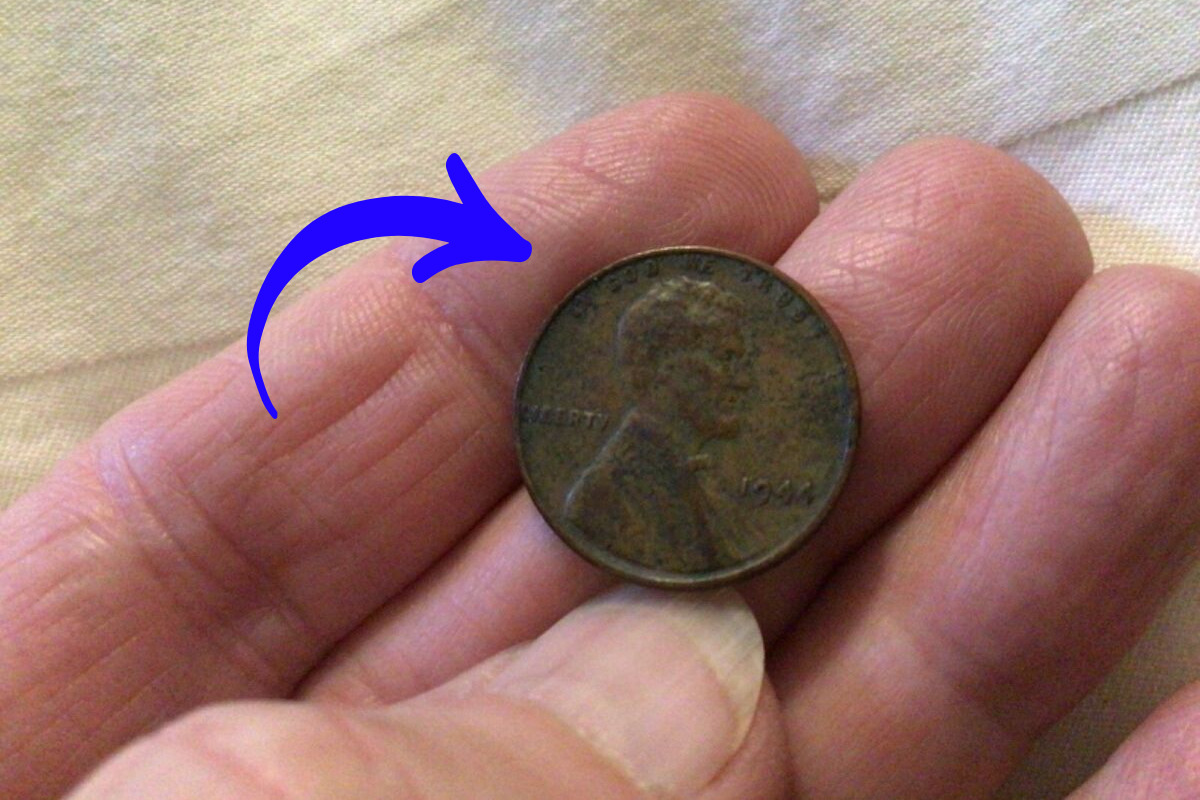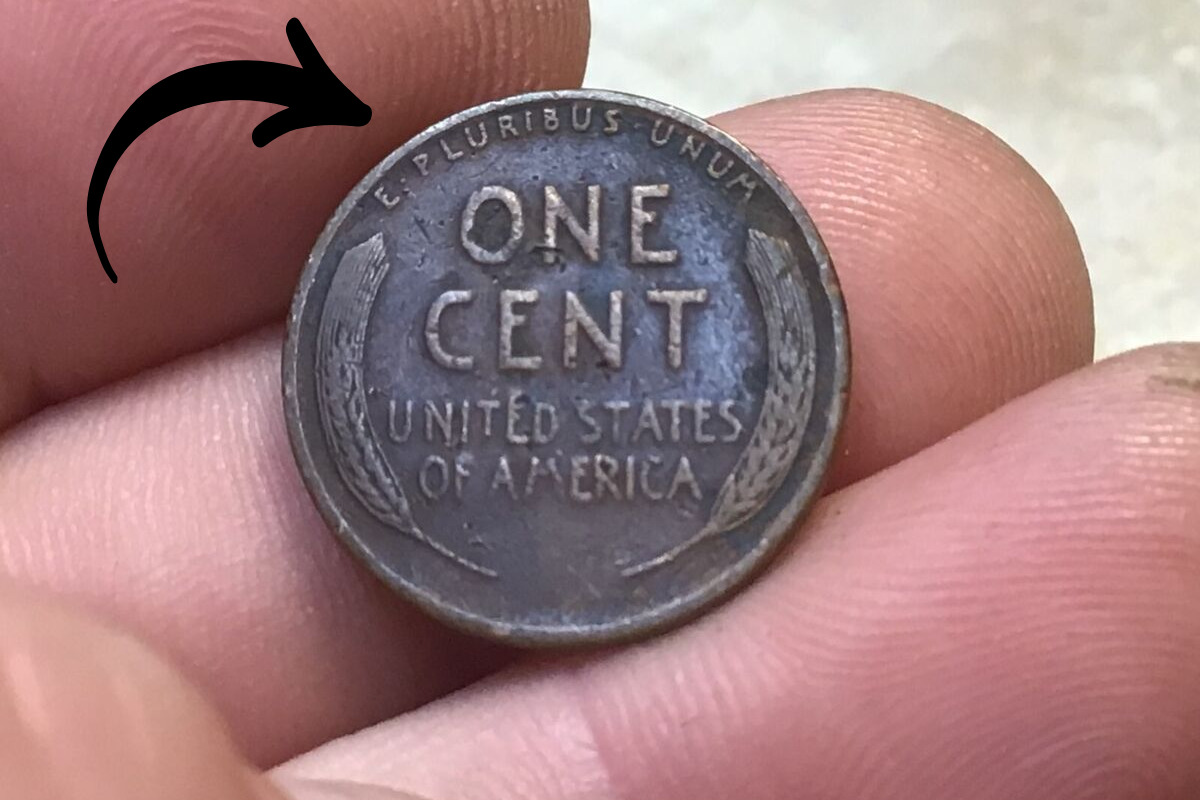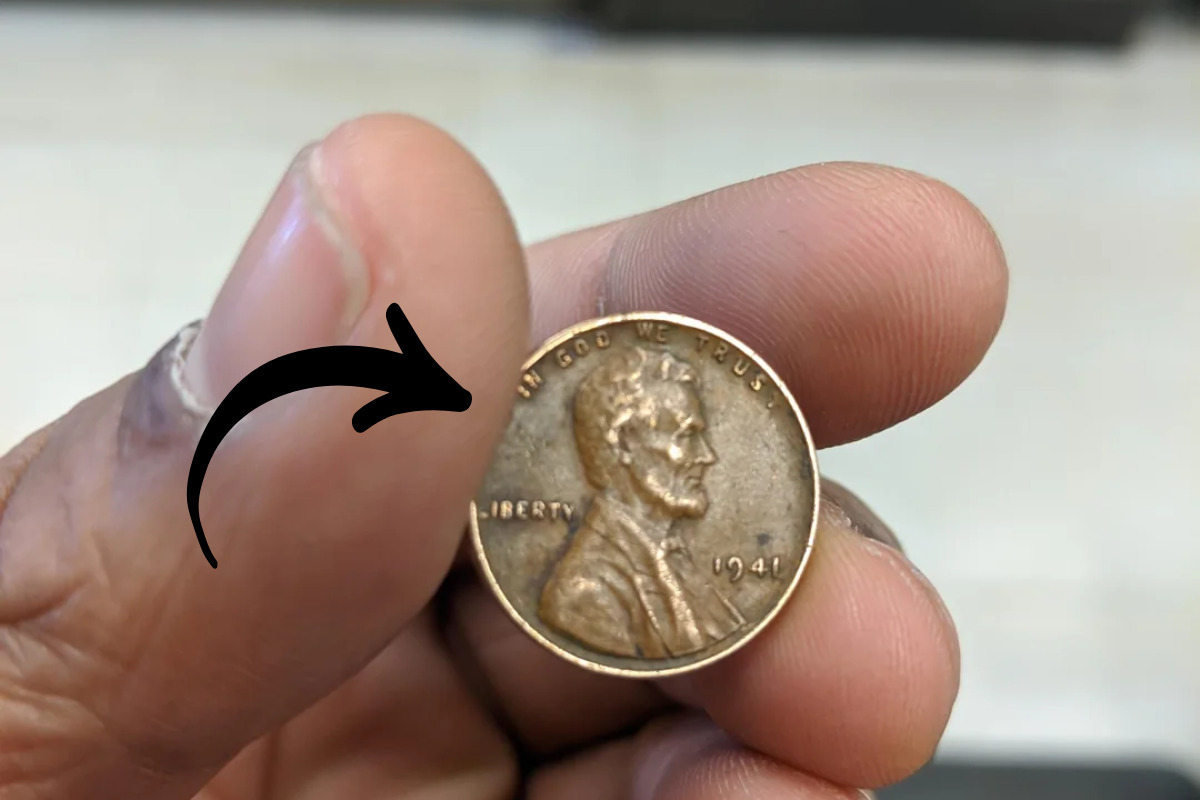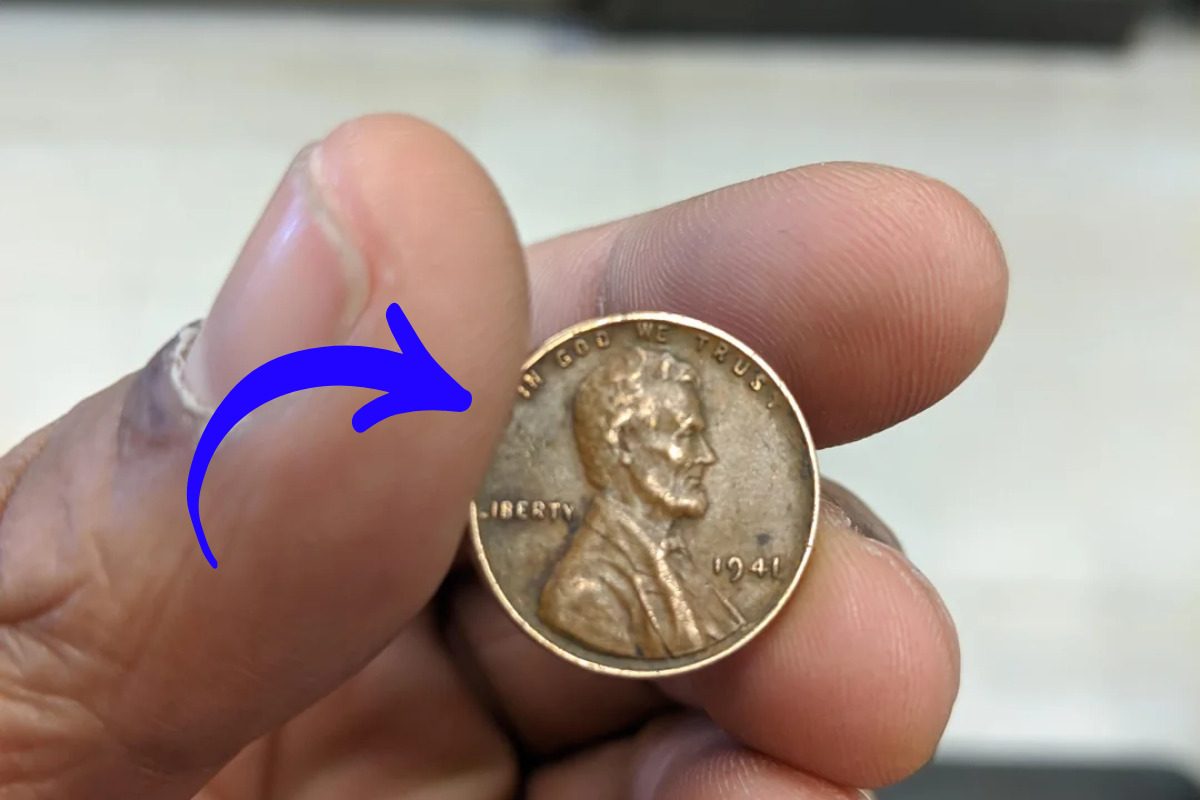GALVESTON, Texas — In a long-overdue tribute to the courage and resilience of Galveston’s Black lifeguards during the Jim Crow era, a new historical marker will soon stand at 28th Street and Seawall Boulevard. This Undertold Story Marker, set to be erected on February 1 by the Texas Historical Commission, will honor the lives and contributions of men like Wavery Guidry and James Helton, whose heroic efforts have been overshadowed by history’s persistent racial biases and inadequate documentation.
This memorial marks the first phase of a larger initiative that will include an oral history project and an elaborate sculpture, ensuring that the stories of these unsung heroes are preserved for future generations.
The Lifeguards Who Protected Amid Prejudice
During segregation, Black residents of Galveston had limited access to the Gulf, confined to narrow stretches of beach between 27th and 28th Streets, known as Brown Beach, or to an area west of town called Sunset Camps. Despite facing systemic racism and anti-Black prejudice, lifeguards like Helton and Guidry risked their lives to protect beachgoers.
In her essay “Always on Duty: Galveston’s African American Beaches and Lifeguards,” Carol Bunch Davis, an associate professor at Texas A&M-Galveston, explores how these men navigated both the physical dangers of the sea and the societal challenges of their time.
“They neither cured nor fundamentally changed the nature and daily enactment of anti-Blackness,” Davis wrote, “but their corporeal and cultural work enabled endurance and offered something akin to respite from its mundane daily terror.”
James Helton: A Pioneer in Galveston’s Lifeguard History
Galveston’s first officially hired Black lifeguard, James Helton, was brought on in 1935. Originally from Louisiana and working as a stevedore at the Port of Galveston, Helton was hired for just a six-week term. However, he quickly proved indispensable after rescuing three swimmers during Memorial Day weekend at Brown Beach.
Remarkably, even before his official appointment, Helton had volunteered in a life-saving effort—helping a white deputy rescue a white woman from the waters near 28th Street. Despite his heroic role, only the deputy’s name appeared in the local newspapers, reflecting the racial inequities of the time.
Wavery Guidry: A Local Hero with Unsung Achievements
Born on the island, Wavery Guidry served as a lifeguard from 1942 to 1957, credited with nearly 30 rescues and recoveries. Guidry’s experiences not only highlighted his bravery but also exposed the racial dynamics that defined Galveston’s beaches:
- In the 1940s, he was dispatched to recover the body of a Black Pleasure Pier employee near 21st Street Beach after two white lifeguards refused to assist—an act that starkly demonstrated the racial boundaries even within lifesaving duties.
- Guidry was later called as a witness in a high-profile murder trial involving John Brown, an incident that ironically brought him more media attention than his numerous rescues.
Despite his lifelong dedication, his lifeguarding achievements weren’t even mentioned in his obituary, underscoring how the contributions of Black lifeguards were often erased from public memory.
The Memorial Project: A Long-Overdue Recognition
While the idea to honor Galveston’s Black lifeguards isn’t new, efforts to establish a memorial faced setbacks. In November 2023, county commissioners approved a permit for the Galveston Park Board of Trustees to install a historical marker at Brown Beach. However, the project stalled after a former Park Board employee allegedly embezzled over $50,000 from the monument’s fund, leaving only $50 in the account. The suspect’s next court hearing is scheduled for February 11.
Nevertheless, the marker’s upcoming installation signals renewed momentum. The project will eventually include:
- The Undertold Story Marker (Phase 1)
- An oral history project to document personal accounts
- A sculpture commemorating the lifeguards’ legacy
Voices from the Present
“The fascinating part is they were effective in doing their jobs and faced, at times, physical and cultural dangers on the beach to protect African Americans,” said David Mitchell, Galveston Beach Patrol’s Director of Programs and Services. “Their stories represent the physical and social challenges African Americans could overcome during segregation.”
Today, the site where Brown Beach once thrived is home to the McGuire Dent Recreation Center, which hosts Galveston’s annual Juneteenth festival—a fitting symbol of resilience and remembrance.
The new memorial at 28th Street and Seawall Boulevard will not only honor James Helton, Wavery Guidry, and other Black lifeguards but also shed light on the countless lives they saved—often without recognition. Their courage and dedication transcended the barriers of segregation, providing a lifeline both literally and metaphorically for Galveston’s Black community.
As the first marker rises and future projects unfold, Galveston moves closer to fully acknowledging the contributions of those who kept watch over its shores, even when history chose not to.
